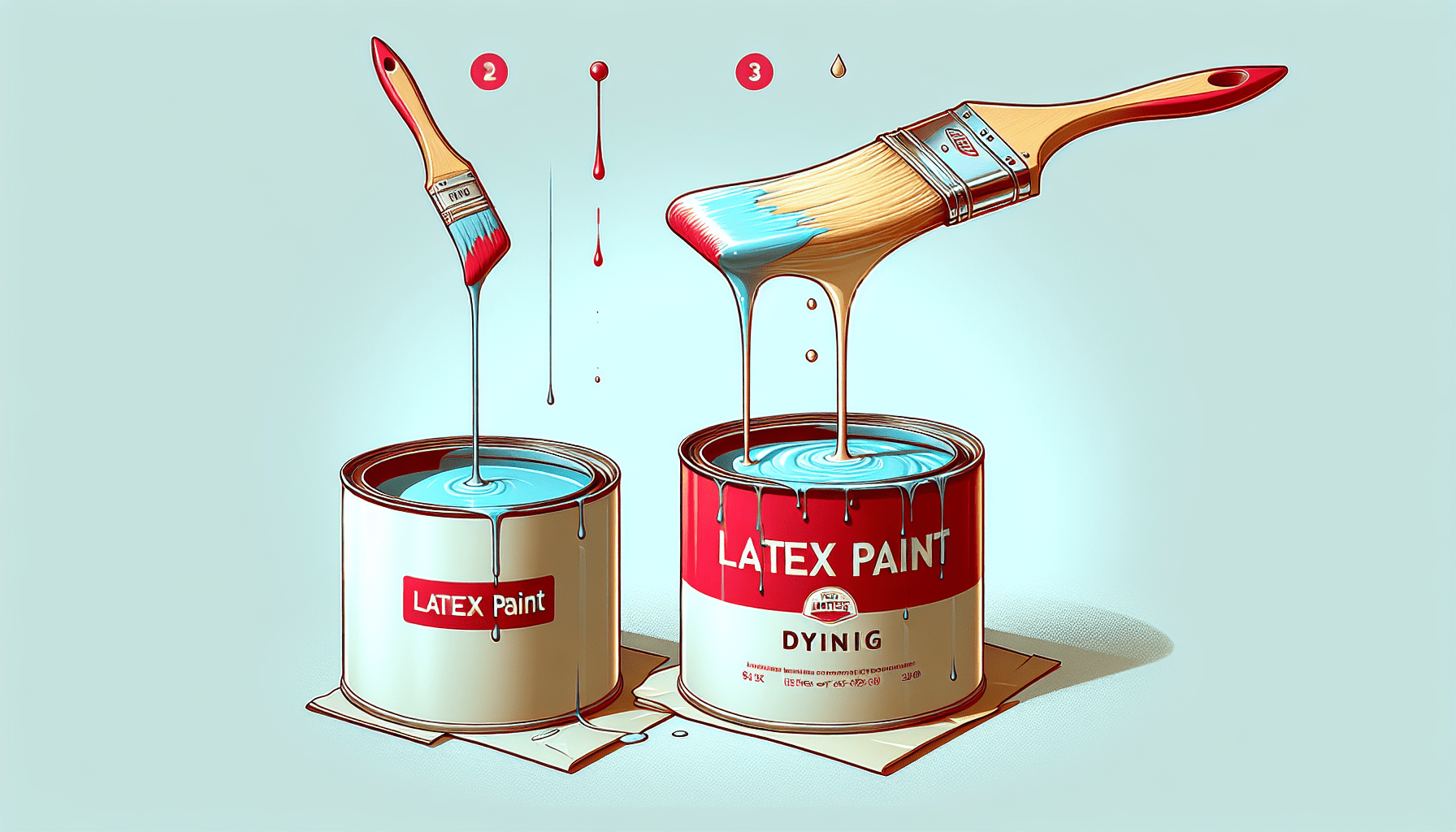Mixing latex and acrylic paint is a common concern among artists and DIY enthusiasts alike. The compatibility of these two types of paint is a crucial aspect to consider when working on a project, as a wrong combination could potentially ruin the final result. Understanding whether or not you can mix latex and acrylic paint is essential knowledge in the world of painting. In this article, we will explore the relationship between latex and acrylic paint, their key differences, and provide expert advice on how to successfully mix these two paints for your artistic endeavors.
Can You Mix Latex And Acrylic Paint?
When it comes to mixing different types of paint, such as latex and acrylic, it is important to consider the properties and chemical differences between the two. While both latex and acrylic paints are commonly used in various art and crafting projects, including painting walls, furniture, and canvas, it is essential to understand the possible effects and techniques involved in mixing these paints.

Properties of Latex Paint
Latex paint, also known as water-based paint, is a popular choice for interior and exterior surfaces due to its durability and ease of use. It consists of pigments suspended in water and a binder that keeps the pigments together when dry. Latex paint is known for its fast drying time, low odor, and easy clean-up with soap and water. It also offers excellent color retention and protection against fading and cracking.
Properties of Acrylic Paint
On the other hand, acrylic paint is a versatile medium favored by artists for its vibrant colors and versatility. It is made from pigments suspended in an acrylic polymer emulsion. Acrylic paint is known for its quick-drying nature, flexible finish, and ability to adhere to a variety of surfaces, including canvas, wood, and metal. It also offers excellent color saturation and durability when dry.
Chemical Differences Between Latex and Acrylic Paint
While both latex and acrylic paints are water-based, there are chemical differences that set them apart. Latex paint contains a synthetic rubber (latex) as the binder, while acrylic paint utilizes an acrylic polymer. This difference in binders affects several properties, such as adhesion, flexibility, and resistance to water and UV radiation. Acrylic paint tends to have superior adhesion and resistance to water compared to latex paint.
Can You Physically Mix Latex and Acrylic Paint?
Yes, it is possible to physically mix latex and acrylic paint together. Since both types are water-based, they can be intermixed to create new colors and textures. However, caution should be exercised when mixing them, as the resulting paint may have altered properties and performance.

Effects of Mixing Latex and Acrylic Paint
Mixing latex and acrylic paint can result in various effects, some of which may be desirable for certain applications. However, it is crucial to be aware of the potential differences in drying time, sheen, texture, and color changes that may occur.
Difference in Drying Time
Latex paint typically dries more quickly than acrylic paint. When mixed together, the drying time may be influenced by the ratio of latex to acrylic paint used. The resulting mixture may dry faster or slower than either paint on its own, depending on the specific ratios and environmental conditions. It is advisable to test the mixture on a small sample surface before applying it to a larger project.
Difference in Sheen and Texture
The sheen and texture of the mixed paint may also be affected. Latex paint often has a matte or eggshell finish, while acrylic paint can range from matte to glossy. When blended, the resulting sheen may be somewhere in between, depending on the proportions of each paint used. Similarly, the texture of the mixed paint may also vary, as latex paint tends to have a smoother finish compared to the slightly thicker texture of acrylic paint.
Possible Color Changes
Color changes can occur when latex and acrylic paints are mixed. The pigments in each type of paint may interact differently, leading to new hues or variations in shade. It is essential to understand color theory and have a clear idea of the desired outcome when mixing paints. Experimentation and small tests are recommended to determine the exact color changes that may occur.
Proper Techniques to Mix Latex and Acrylic Paint
To ensure a successful blend of latex and acrylic paints, proper techniques should be employed. It is crucial to start with clean containers and stir sticks to prevent any contamination. Begin by pouring equal amounts of the two paints into a clean container. Using a stir stick or palette knife, gently mix the paints together, gradually increasing the mixing intensity until a uniform consistency is achieved. It is important to note that excessive mixing or vigorous stirring may introduce air bubbles into the mixture, which can affect the final result.
Potential Issues and Precautions
While it is possible to mix latex and acrylic paint, there are certain issues and precautions to be aware of. Firstly, the mixture may have altered properties compared to each paint individually, such as reduced water resistance or adhesion. Secondly, the compatibility of the mixed paint with the surface being painted should be considered, as some surfaces may require specific types of paint. It is advisable to conduct a small test on a hidden area before applying the mixed paint to the entire surface. Finally, proper ventilation and personal protective equipment, such as gloves and a mask, should be used when working with paint mixtures to ensure safety.
In conclusion, yes, you can mix latex and acrylic paint together. However, it is important to understand the properties, chemical differences, and potential effects of such mixtures. By following proper techniques and considering potential issues and precautions, you can experiment with mixing paints to create unique colors and textures for your artistic or DIY projects. Remember to test your mixed paint on a small sample surface before applying it to larger projects and always prioritize safety when working with paint mixtures.



